It is impossible to talk about cars without mentioning that figure. We see it all the time, but do we really know what does horsepower mean? Let us give it a look!
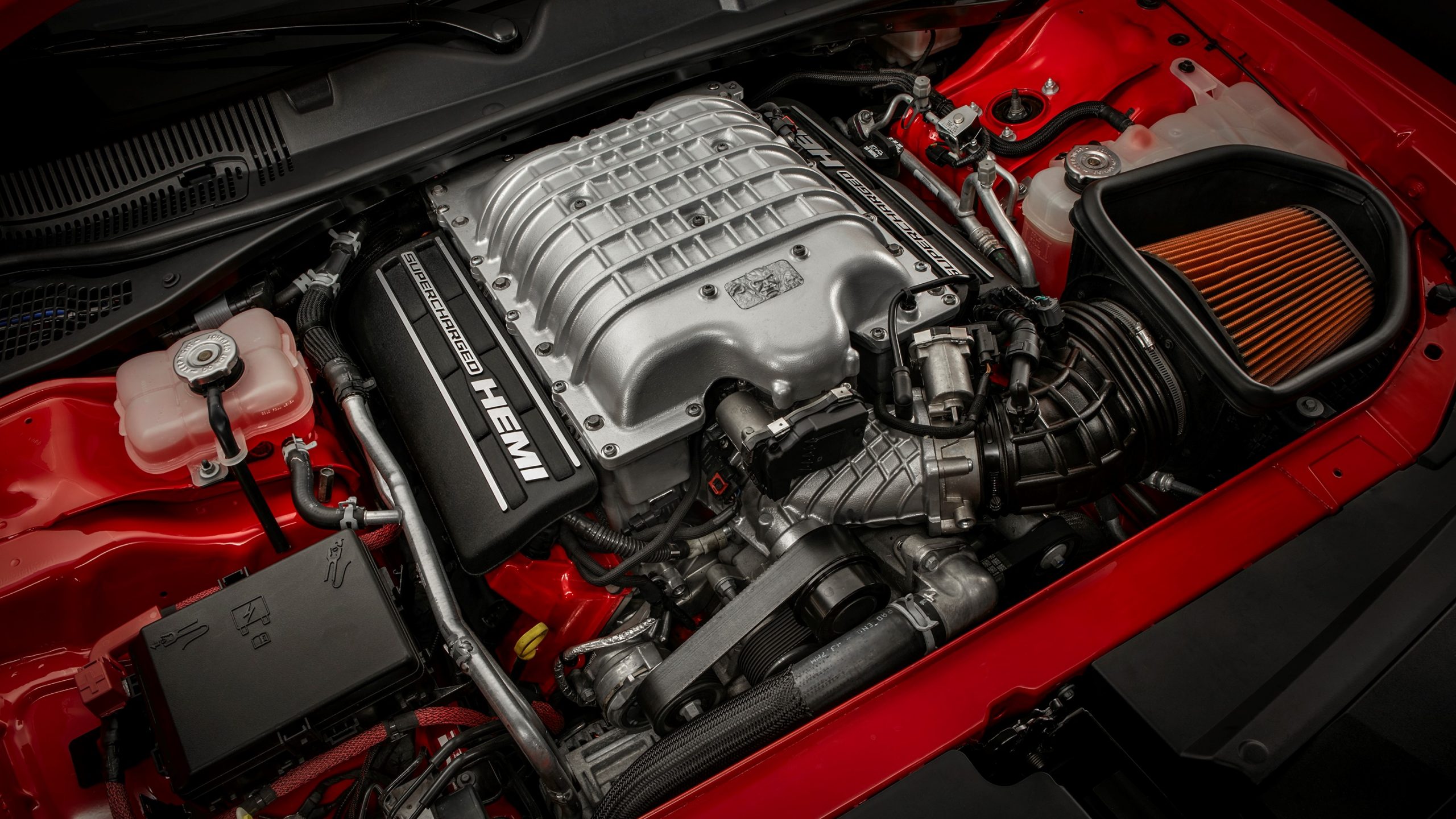
Four years ago, Dodge found a way to upgrade the Challenger SRT Hellcat even further and created the Demon, a drag-strip legend. Earlier this year, Aston Martin retuned the DBX’s platform and powertrain to create the 707 version, which became the fastest SUV on the planet. More recently, Mercedes-Benz made everyone confused by downsizing the C63 AMG‘s engine while greatly improving its performance.
What do all those cars have in common? High horsepower. Yes, that “hp” figure we see everywhere when it comes to cars. The thing is, despite all that, do we know what does it represent? We know that more hp means a faster car, but how exactly does that work in practice? This article is going to briefly explain the history of this measurement and how does it affect the four-wheeled machines we all love so much.
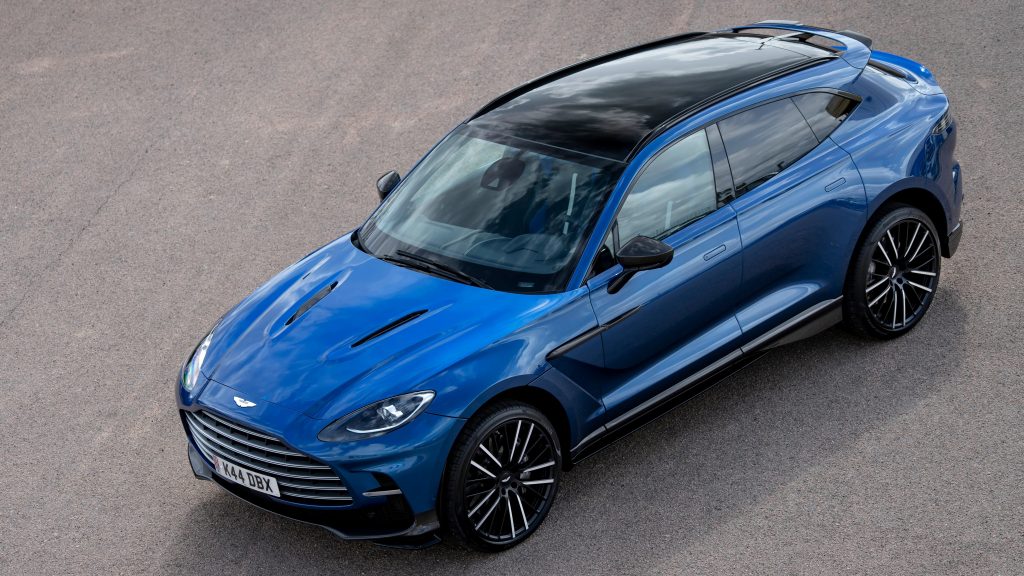
(James) Watt to Horsepower
The first step is going back to the 18th century. Scottish engineer and inventor James Watt (1736-1819) had just invented the steam machine. We know now that it was the base of the Industrial Revolution, but that did not come easily. People used to employ horse mills, where poor equines were confined to a life of running while tied to fixed spokes. That momentum, in turn, would activate an electrical generator.

Watt knew his machine was more efficient, but he had to prove that. He selected a horse mill and created a whole new physical unit based on its dimensions. Power, in general, is the amount of work executed in a given unit of time. One horsepower, more specifically, is the unit of power equivalent to one horse doing 33,000 foot-pounds of work in one minute. The new unit helped Watt demonstrate how efficient his steam machine was.
Now, you may remember that there is a power unit named after the man. That one would only come as a posthumous tribute in the metric system, but it is quite different. We can say that one HP equals 745.7 W. The physical unit created primarily for marketing purposes is now one of the most important figures when we talk about car performance. Not to mention its appearance on many other items, like lightbulbs.

Steam machine by James Watt
First things first: Eduard Somerset is credited for inventing this machine in 1633. Watt was born more than a century later but took a global interest in the subject. He studied the properties of steam and how they change with temperature and pressure. He patented the first version of his own in 1769, the first one that used an external condensing chamber. At that time, its main field of use was to drain flooded mines.
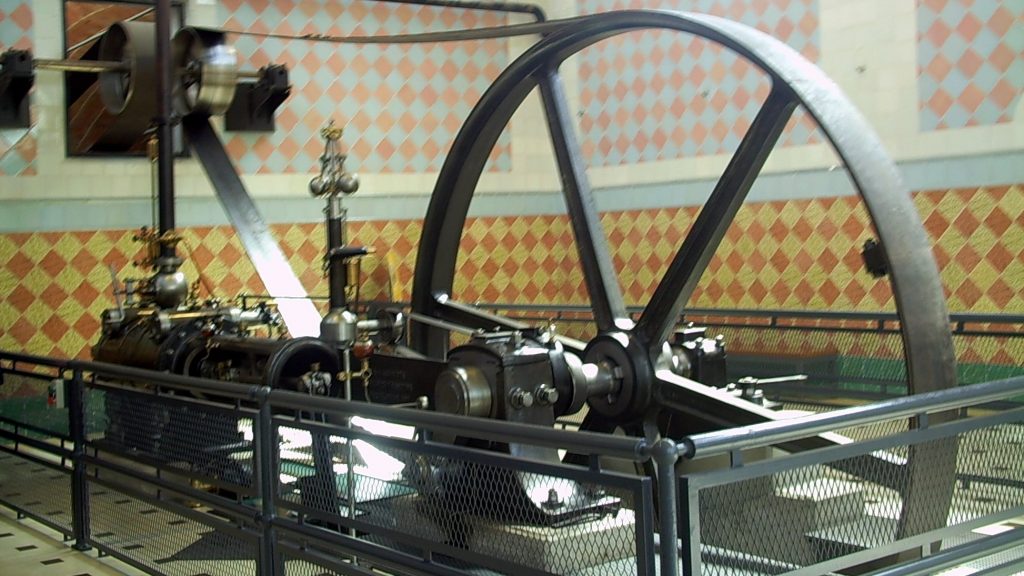
In 1781, Watt dedicated himself to upgrading his machine. The steam machine of double effect appeared in the following year with a slide control to open and close the valve. 1783 was the year when he worked on the connecting rod-crank mechanism to convert the rectilinear movement into rotary. The new system became more practical and reliable, which earned it the interest of more advanced applications.
Steam machines went into production in 1775 and that was important to fund their further development. Watt made improvements such as enabling the rotary engine to serve multiple applications at once; the double-effect feature, where steam could enter each side of the cylinder; and a specific gauge that allows the operator to keep track of the steam pressure. Watt would focus entirely on research in 1800.
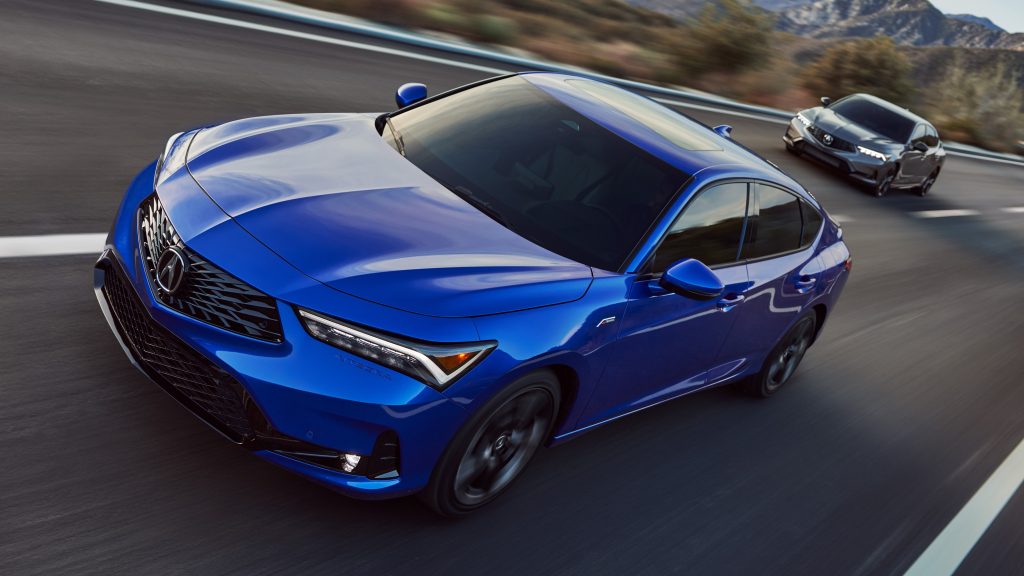
Horsepower vs torque
While those magnitudes are mentioned separately in tech specs sheets, the truth is that they are related. In theory, we can define torque as the capacity to do physical work. Power, in turn, measures how much work is accomplished in a given period. When it comes to car engines, you can calculate their power by multiplying their torque by their revolutions per minute (rpm). But there are other issues to consider.
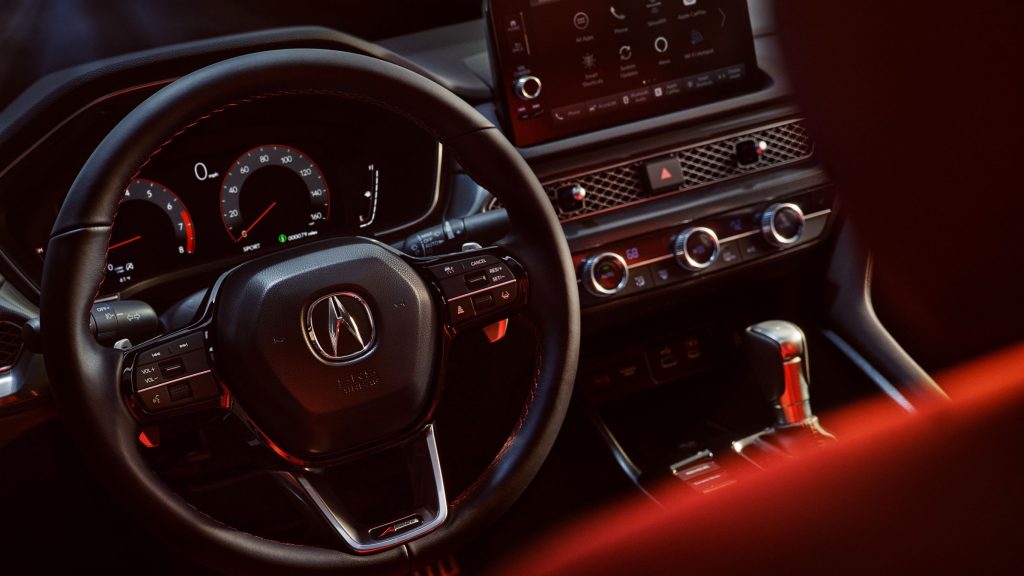
Tech specs always indicate the maximum power output and the specific rpm at which it is delivered. The new Acura Integra, for example, delivers 200 hp at 6,000 rpm. According to the multiplication above, that figure drops at lower rpm. In practice, when the engine is idling (at around 1,500 rpm), it only generates enough power to operate engine-driven items such as the air conditioner or the steering assistance.
On the other hand, more rpm only helps so much. As that number increases, the engine’s moving parts waste more energy in heat and noise. That effect quickly reaches a point where the added power is not enough to compensate. Besides, excessive rpm causes valve float, an adverse effect where the valves can no longer keep up with the opening and closing times. That can cause severe damage to the engine.
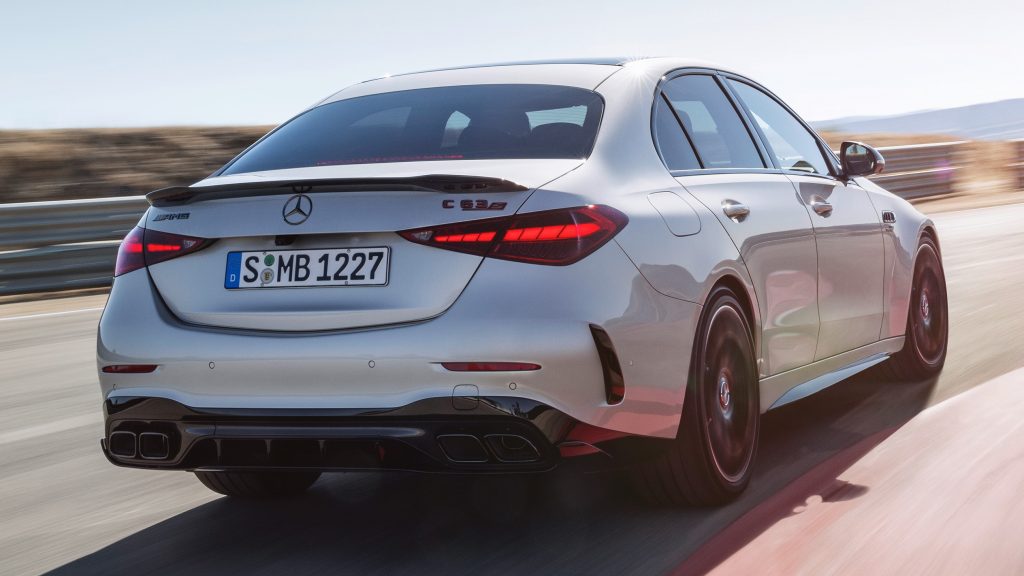
Horsepower vs displacement
Another important issue to keep in mind regards engine efficiency. Old-school car fans will certainly think of the saying “there is no replacement for displacement”. It dates to the 1960s, when the North American industry was famous for its V8 engines of five, six or even seven liters of displacement. Just as a reference, typical engines nowadays displace 1.5 to 2 liters. They are around four times smaller than those others!
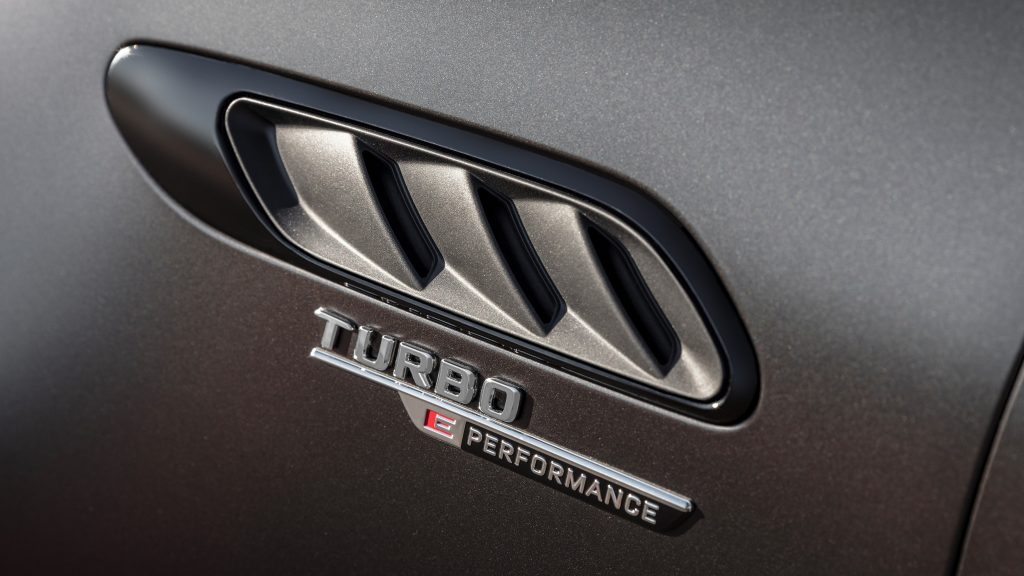
Back then, the main resource companies had to make more power was using bigger engines. The biggest caveat was that it would also increase fuel consumption. The 1970s hit North American automakers hard partly because of that. Besides tougher emission laws, the oil crisis forced them to make cars use less fuel at all costs. The losses seen at that time eventually made the industry search for other solutions.
Nowadays, everyone works with relative power per unit of displacement. Technologies like turbochargers, stratified fuel injection, and optimized exhaust systems have become popular because they extract more power from the same engine. We can make a quick comparison for reference: the 1991 Audi V8 made 276 hp with a 4.2L V8. The 2020 Audi S3, in turn, reaches 310 hp with a turbocharged and hybrid 2.0L I4.

Frequently asked questions
It is not a fixed number. Power delivery depends on the effort, in this case from the horse. One horsepower is just a unit of measurement adapted to the reality of the old horse mills.
The approximate conversion rate is that 1 hp equals 745,7 Watts.
Up to 1.5 HP in general. It is not a fixed number; elite cyclists can deliver that by applying full effort during a short period.
Compact cars deliver an average of 120 hp. Pickup trucks make that figure 400 hp. Performance cars are familiar with 600 hp or more.
745,7 Watts, approximately.
It measures the effort demanded from the engine to move the vehicle. Equipping a light vehicle with a powerful engine will make it faster, but that will require other upgrades to keep it safe. On the other hand, a heavy vehicle would force a low-power engine to work at full capacity most of the time. That would accelerate its wear.
Nowadays, around 1000 HP. However, part of that power is only accessible when the driver activates the ERS. That is a temporary power boost dedicated to critical moments such as overtaking another car or setting the fastest lap.
Estimates are of 10,000 HP. We say “estimates” because these engines are designed to last only for seconds in a drag race. Proper measurements would require using a dynamometer for longer periods, which they would not resist.
In one word, technology. Some of its solutions are quite complex, such as adding a turbocharger or better fuel injection. Others have simpler execution, like upgrading the exhaust system or remapping the ECU. Nevertheless, you should always seek professional advice because any changes to the car’s powertrain affects other components, so there might be safety risks.
In a way, yes. Performance exhaust systems promote a smoother flow of the gas towards the outside. That flow is powered by the very engine so, the less energy is wasted through the exhaust pipes, the more there is left for the engine to move the car.
Typical ultralights have around 70 HP. Commercial airplanes make 600 HP or higher on each engine. There is a broad range from one application to another. Then again, it is important to keep in mind that thrust is what actually matters for airplanes. After all, they do not use their wheels when flying.



